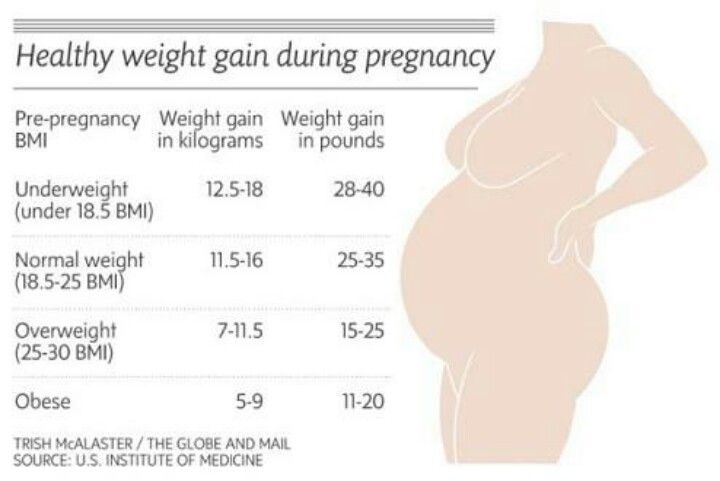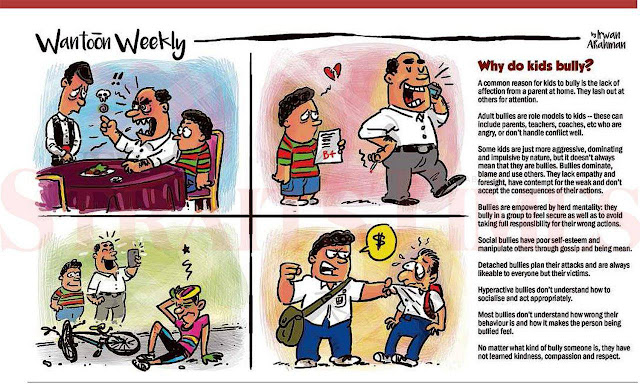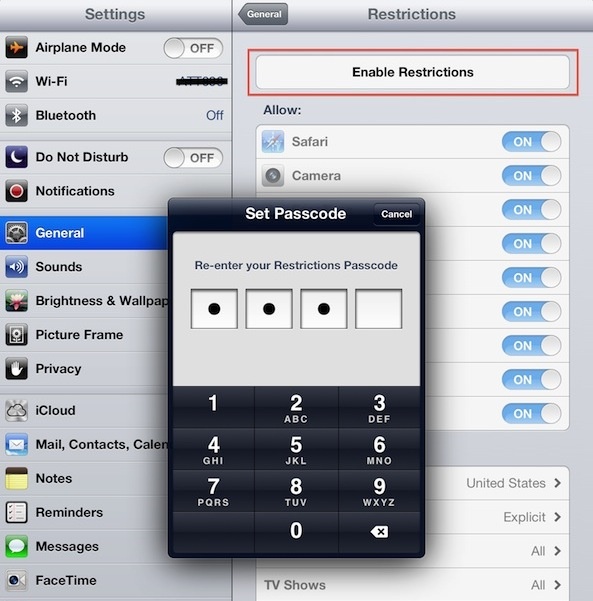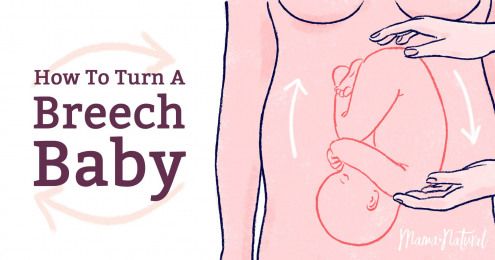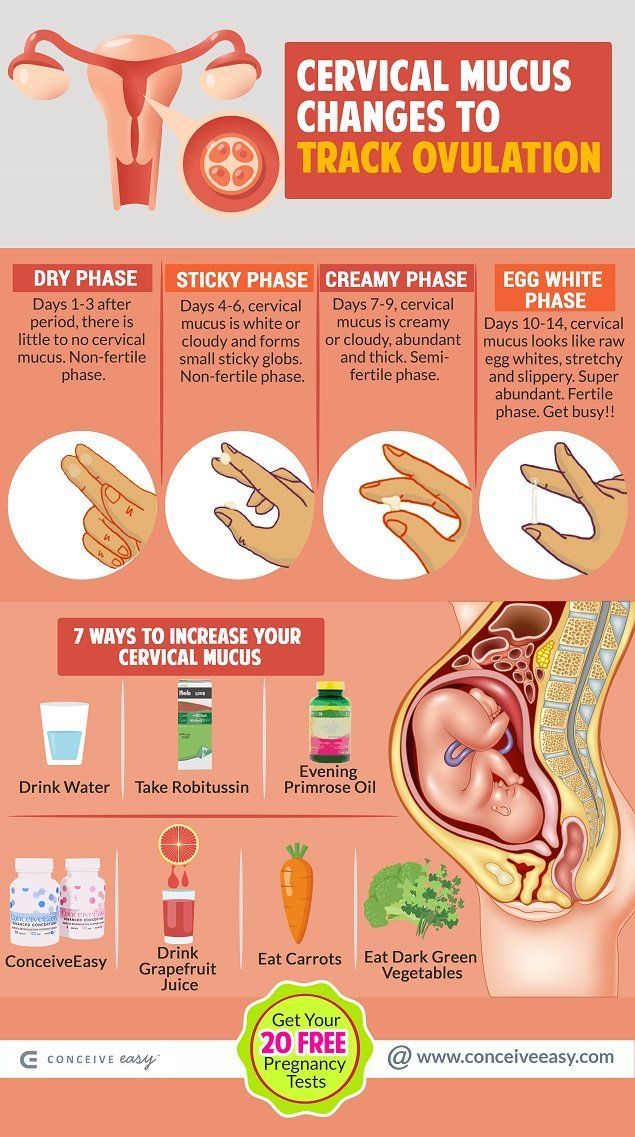How to stop a child from picking scabs
What Is Excoriation, or Skin-Picking?
We’ve all heard suspenseful movies referred to as “nail-biters” and nearly all of us — kids, teens and adults — occasionally pick at a ragged hangnail or poke at a blemish too aggressively. Almost always, we end up regretting what we’ve done. But for some of us, picking at skin or cuticles becomes more than an occasional thing, and it can be very hard to stop, even when it becomes embarrassing. Clinicians call it a body-focused repetitive behavior or BFRB.
Skin picking, formally known as excoriation disorder, is the repetitive, habitual picking of skin anywhere on the body (though the most common areas are the face, hands, arms or legs). Excoriation disorder is not just a bad habit. This behavior is a compulsion — something we feel driven to do even when it has a negative impact on our lives — and is related to obsessive-compulsive disorder. It is common in people who have anxiety disorders.
Symptoms of excoriation disorderSkin picking is a “cousin” of trichotillomania, or hair pulling, which is another BFRB and which is also related to both OCD and anxiety. Both disorders can be thought of as unhealthy ways of coping with anxiety or other negative feelings, and the incidents of skin picking and hair pulling are often triggered by stressful situations. Excoriation can be challenging to treat because the child often relies on the picking to self-soothe or diffuse negative emotions. This repetitive habit is, however, embarrassing and disfiguring, and can lead to avoidance of social situations, which only leads to further distress and sometimes depression.
According to Jerry Bubrick, PhD, a clinical psychologist at the Child Mind Institute, skin picking is considered a disorder when:
- Recurrent skin picking results in scarring or other permanent damage
- The individual has made and failed at repeated attempts to stop the behavior
- The picking causes significant distress or impairment in the individual’s daily life
- Symptoms are not caused by medication or another medical condition
Skin picking tends to emerge at puberty and often parents see skin picking as just a bad habit — as if the adolescent could stop if she tried hard enough. “That’s a lot like telling someone with cancer to just ‘get better’ or someone with depression to just ‘cheer up,’ ” says Dr. Bubrick. “There’s tremendous shame associated with skin picking because it results in scarring or other kinds of visible damage to the skin (particularly the face) that make the teen extremely self-conscious.”
“That’s a lot like telling someone with cancer to just ‘get better’ or someone with depression to just ‘cheer up,’ ” says Dr. Bubrick. “There’s tremendous shame associated with skin picking because it results in scarring or other kinds of visible damage to the skin (particularly the face) that make the teen extremely self-conscious.”
Though all skin picking results in visible damage and distress for the child who struggles with it, the picking itself can serve different purposes and it can be helpful to know why someone engages in the behavior in order to better treat it.
In what Dr. Bubrick calls “functional” skin picking, the behavior is a sort of compulsive perfectionism. The child perceives an imperfection in a particular area — a callus, rough cuticle, pimple, etc., and picks or scratches or squeezes it to get rid of it. The “functional” thinking, explains Dr. Bubrick, goes something like this: “My skin is smooth, but as I’m feeling my arm, I feel like I have this bump or this mosquito bite. So, I’m going to keep scratching at that, because I want that off. I want my skin to be smooth again. I’ll look at my fingernails, and I’ll see, oh, on the top of my pointer finger the cuticle is off. So, I’m going to pick at that and bite at that until it looks better.”
So, I’m going to keep scratching at that, because I want that off. I want my skin to be smooth again. I’ll look at my fingernails, and I’ll see, oh, on the top of my pointer finger the cuticle is off. So, I’m going to pick at that and bite at that until it looks better.”
But with skin picking disorder, it never does get better. In fact, the individual is likely to pick until the area is worn away and bleeding. Even that doesn’t always stop the behavior. The child continues to pick because it just doesn’t feel right and stops only when it hurts so much that they can’t continue.
Compulsive skin picking is done to self-soothe or deal with anxiety or other negative emotions. This behavior is very much like a kind of hair pulling. “It’s a way to tune out the world. It’s almost like a drug,” explains Dr. Bubrick. The same feeling might be dealt with by drinking or smoking. Like those behaviors, the skin picking is a bad coping strategy for dealing with stressors.
Some teens who struggle with skin picking engage in the functional type or the compulsive type, but they may also do both. Sometimes they are not even aware they are doing it and then find they’ve spent an hour in a kind of picking trance.
Diagnosing excoriation disorderIdentifying the signs of skin picking can be challenging for a number of reasons. For starters, most teens feel so much shame about the visible results of the behavior that they will try to hide them either by wearing band-aids or long sleeves or make-up. Also, teens rarely come into a psychiatrist’s office seeking help for skin picking alone. “A lot of times,” says Dr. Bubrick, “they’re here for anxiety or OCD, and that gets better and they’re like, ‘oh, can we also work on my skin picking, because it’s really bothering me.’”
But in most cases, kids don’t like to talk about skin picking, so unless the clinician asks about it directly, they won’t bring it up.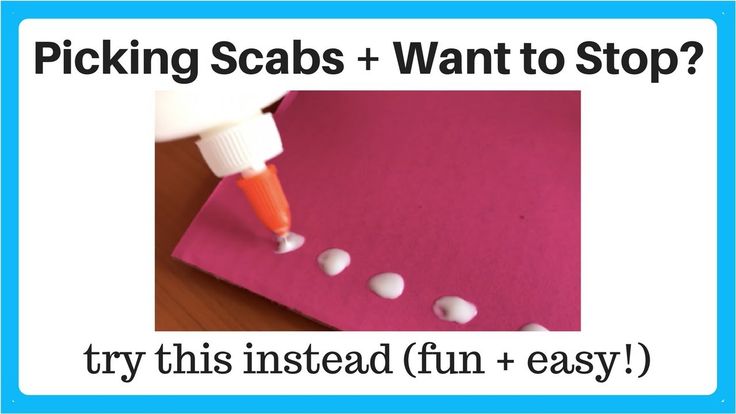 Sometimes kids just don’t see the problem as a big deal. Or it serves as a coping mechanism on which they are so dependent that they won’t want to draw attention to it.
Sometimes kids just don’t see the problem as a big deal. Or it serves as a coping mechanism on which they are so dependent that they won’t want to draw attention to it.
Success in treating skin picking depends largely on the teen’s desire to change and readiness to make a commitment to work on the problem. “If a kid comes in kicking and screaming, saying, ‘I’m fine. My parents just don’t like it that I bite my nails or I bite my cuticles,’ ” Dr. Bubrick says, “then treatment is going to be tough. But if a kid is coming in and saying, ‘It’s really causing me so much distress, I can’t wear short sleeves or I can’t wear shorts because of my scars or my fingers are bleeding all the time, or I feel self-conscious on a date because my fingers are down to a nub.’ Then treatment’s easier.”
Insight, motivation and readiness for change are key variables clinicians look for when starting to treat the disorder. Treatment can consist of a number of different approaches, or combinations of approaches:
Treatment can consist of a number of different approaches, or combinations of approaches:
- Putting a barrier in place: Even something simple like a band-aid can be a starting point to deter picking. Or kids might paint on Liquid Bandage so that they have something to peel off without the behavior causing damage. This approach is what is referred to in OCD terminology as “response prevention.” Response prevention gives the child something else to focus on — the band-aid — when they are tempted to pick. “It gives them a little extra moment to think before they act,” says Dr. Bubrick. It may help, but Dr. Bubrick says this approach is usually not enough eliminate the behavior.
- Cognitive behavior therapy, or CBT: CBT is the most successful treatment for skin picking. CBT covers a broad range of modalities, but it mostly comes down to teaching the child more effective ways of dealing with the stress or anxiety that is triggering the picking instead of biting — finding similar behaviors to replace the damaging ones.
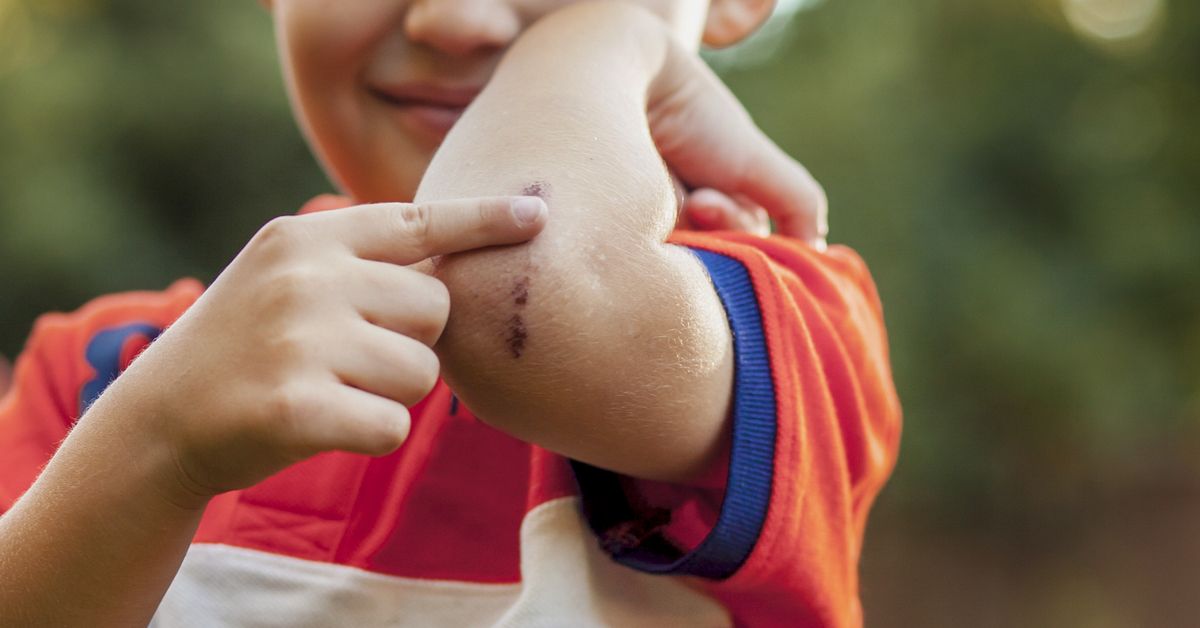 For example, Dr. Bubrick says he might say to a patient, “Well, biting is one way of dealing with a stressor. Let’s think about two others, that maybe are less damaging to your body, but still allow you to deal with the stressor.”
For example, Dr. Bubrick says he might say to a patient, “Well, biting is one way of dealing with a stressor. Let’s think about two others, that maybe are less damaging to your body, but still allow you to deal with the stressor.” - NAC (N-acytel-cystine): Nac is an over-the-counter supplement which has shown variable results in the treatment of skin picking and other body focused repetitive behaviors. Some people do well on it, while others have minimal response. The upside is that there is no harm in trying it and it has no side effects.
- Antidepressants: The class of antidepressants called SSRIs (selective serotonin reuptake inhibitors) can be effective in treating related anxiety or depression, which may be triggering or exacerbating the skin picking behaviors. So decreasing that anxiety or depression may indirectly have a positive effect on the picking.
- Acceptance and Commitment Therapy (ACT): ACT combines techniques from CBT and mindfulness as a way of accepting emotion instead of attempting to get rid of it through coping mechanisms like skin picking.
 It focuses on the idea that difficult things are going to happen to which the child is going to have a negative response. The child is asked to commit to feeling those things without doing something to hurt themselves, such as skin picking. The goal is to learn “that I can feel negative emotions, and I don’t have to injure myself because I feel them. I can just feel them.” It’s a matter of becoming more at peace with the thoughts and the feelings, rather than feeling desperate to get rid of them.
It focuses on the idea that difficult things are going to happen to which the child is going to have a negative response. The child is asked to commit to feeling those things without doing something to hurt themselves, such as skin picking. The goal is to learn “that I can feel negative emotions, and I don’t have to injure myself because I feel them. I can just feel them.” It’s a matter of becoming more at peace with the thoughts and the feelings, rather than feeling desperate to get rid of them.
Dr Bubrick says that treatment for excoriation can be tricky, but if the child is truly committed to changing their behavior, the dysfunctional coping can be overcome. “Typically, they come in ashamed and embarrassed about the picking,” he says, “but the ones who engage the treatment and follow recommendations, even if they think it won’t work in the beginning, tend to do really well over time.”
Frequently Asked Questions
What is excoriation?Excoriation is a disorder that is related to obsessive-compulsive disorder (OCD).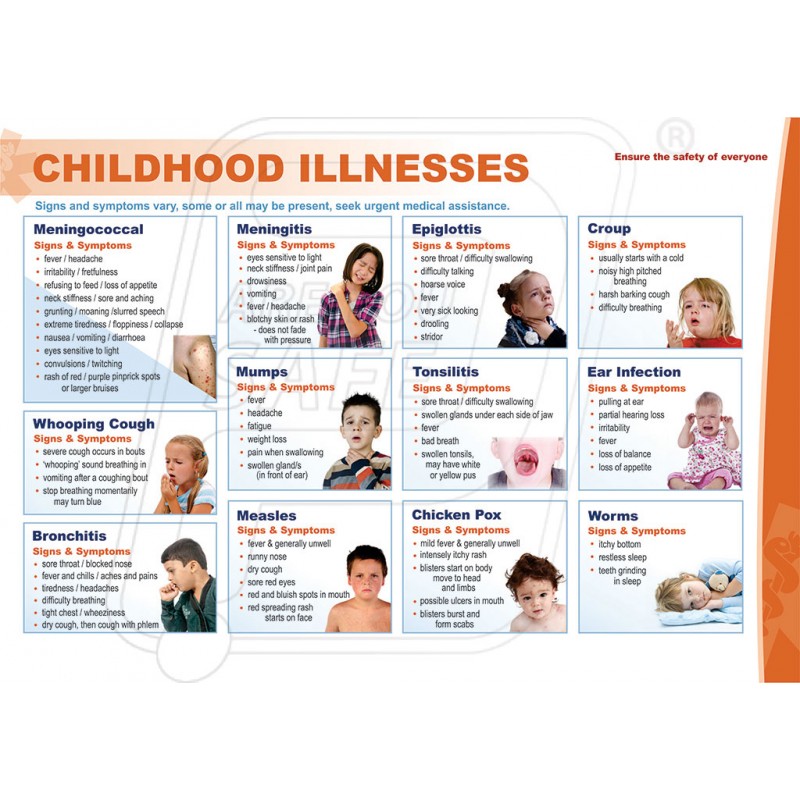 Excoriation is a repetitive habit of picking at skin, scabs, or cuticles. People with excoriation cannot stop picking their skin even if it hurts or bleeds.
Excoriation is a repetitive habit of picking at skin, scabs, or cuticles. People with excoriation cannot stop picking their skin even if it hurts or bleeds.
You might not be able to stop picking at scabs if you have a disorder called excoriation. Excoriation is related to obsessive-compulsive disorder (OCD). If you have excoriation, you cannot stop picking even if it hurts or bleeds.
How can I stop my child from picking at their skin or scabs?You can help your child stop picking at their skin or scabs through therapy, medication, or both. Medication for anxiety or depression can help with feelings that cause picking. Cognitive behavioral therapy (CBT) can teach kids healthier ways to deal with those feelings.
Stop Children Picking At Scabs, Stitches & Surgical Dressings
Original Cream
From: £9.99
--- Please Select --- 3 to 6m6 to 9m9 to 12m12 to 18m18 to 21m21 to 24m2 to 3y3 to 4y4 to 5y5 to 6y6 to 7y7 to 8y
Stripes
From: £10. 99
99
--- Please Select --- 3 to 6m6 to 9m9 to 12m12 to 18m18 to 21m21 to 24m2 to 3y3 to 4y4 to 5y
Special Edition
From: £10.99
--- Please Select --- 3 to 6m6 to 9m9 to 12m12 to 18m18 to 21m21 to 24m2 to 3y3 to 4y4 to 5y5 to 6y6 to 7y7 to 8y8 to 9y9 to 10y11 to 12 y
PJ Sets
From: £18.99
--- Please Select --- 6 to 9m9 to 12m12 to 18m18 to 21m21 to 24m2 to 3y3 to 4y
Dungaree PJ Bottoms
From: £13.99
--- Please Select --- 12 to 18m18 to 21m21 to 24m2 to 3y3 to 4y4 to 5y5 to 6y6 to 7y7 to 8y8 to 9y9 to 10y10 to 11y11 to 12 y12 to 13y13 to 14y14 to 15y15 to 16y
Super Hero PJs
From: £22.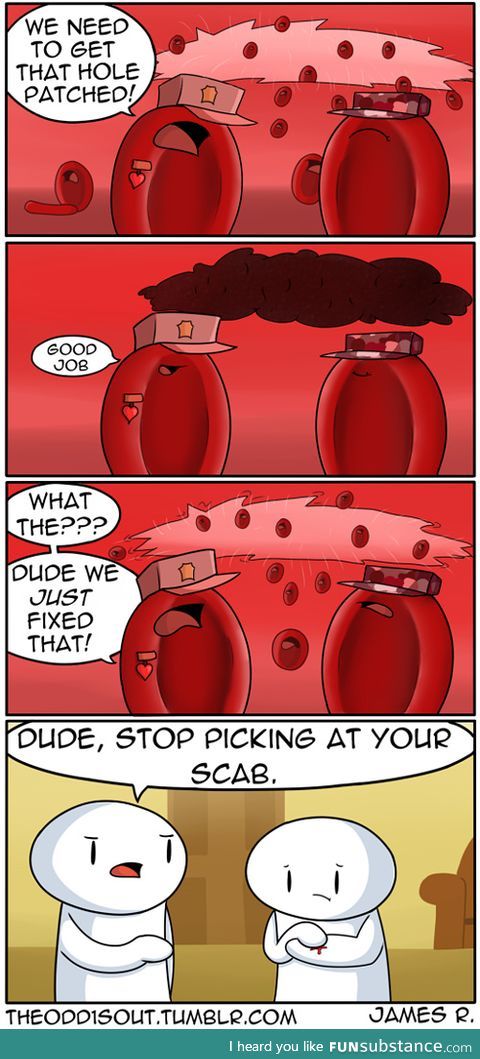 50
50
--- Please Select --- 2 to 3y3 to 4y4 to 5y5 to 6y6 to 7y7 to 8y
PJ Tops
From: £11.99
--- Please Select --- 6 to 9m9 to 12m12 to 18m18 to 21m21 to 24m2 to 3y3 to 4y
PJ Bottoms
From: £11.99
--- Please Select --- 6 to 9m9 to 12m12 to 18m18 to 21m21 to 24m2 to 3y3 to 4y4 to 5y5 to 6y6 to 7y7 to 8y
SuperHero PJ tops
From: £12.99
--- Please Select --- 2 to 3y3 to 4y4 to 5y5 to 6y6 to 7y7 to 8y
SuperHero PJ bottoms
From: £12.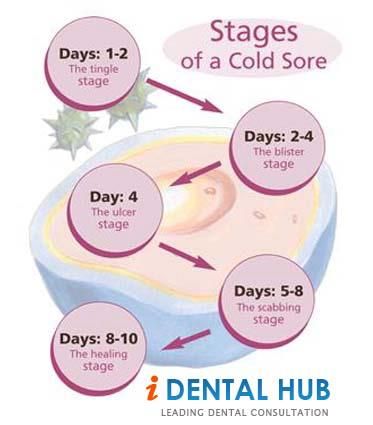 99
99
--- Please Select --- 2 to 3y3 to 4y4 to 5y5 to 6y6 to 7y7 to 8y
SuperHero Dungarees
From: £15.99
--- Please Select --- 2 to 3y3 to 4y4 to 5y5 to 6y6 to 7y7 to 8y8 to 9y9 to 10y10 to 11y11 to 12 y12 to 13y13 to 14y14 to 15y15 to 16y
SplashSleeves
From: £12.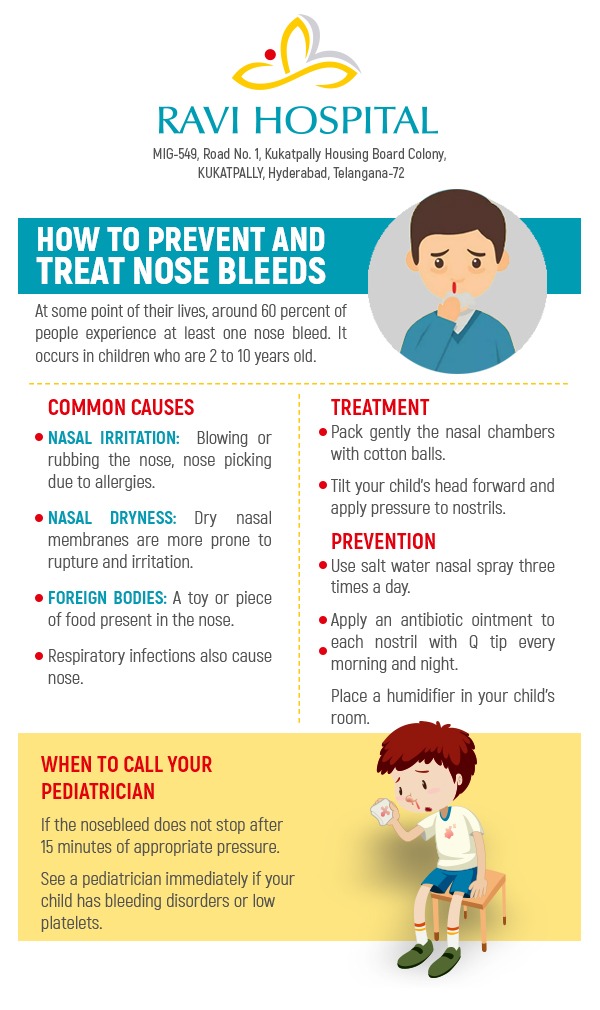 99
99
--- Please Select --- 6 to 9m9 to 12m12 to 18m18 to 21m21 to 24m2 to 3y
SuperSensitive
From: £10.99
--- Please Select --- 0 to 3m3 to 6m6 to 9m9 to 12m12 to 18m18 to 21m21 to 24m2 to 3y3 to 4y4 to 5y5 to 6y6 to 7y7 to 8y8 to 9y9 to 10y10 to 11y
Cross-over
From: £12.99
--- Please Select --- 3 to 6m6 to 9m9 to 12m12 to 18m18 to 21m21 to 24m2 to 3y3 to 4y4 to 5y
Baseball PJ top
From: £13. 99
99
--- Please Select --- 8 to 9y9 to 10y10 to 11y11 to 12 y12 to 13y13 to 14y14 to 15y15 to 16y
Clearance
From: £7.99
--- Please Select --- 6 to 7y7 to 8y
Adult SuperSensitive
From: £17.99
--- Please Select --- X-SmallSmallMediumLargeX-Large
Flip-mitt Bodysuits
From: £14. 99
99
--- Please Select --- 0 to 3m3 to 6m6 to 9m9 to 12m12 to 18m18 to 21m21 to 24m2 to 3y3 to 4y
Sleepy Bear PJs
From: £18.99
--- Please Select --- 6 to 9m9 to 12m12 to 18m18 to 21m21 to 24m2 to 3y3 to 4y
How to wean a child from taking someone else's: 13 tips from a psychologist - magazine
In almost every family, there comes a day when the baby proudly demonstrates a toy brought from nowhere or a schoolboy hides something and convinces, they say, he found or bartered. Money, mom's cosmetics, dad's cigarettes, sweets disappear from the house ... And adults are shocked: the child knows that you can't take someone else's, how else can you stop him? Advises child psychologist Elena Shamrai.
Why does a child who can ask for everything from his parents and who does not have “a difficult childhood, toys nailed to the floor” still take someone else's?
Typical problem: inability to respect one's own and others' property, personal boundaries. And there's no point in talking. The best prevention: a personal example and help at every step of the distinction between "friends and foes."
And there's no point in talking. The best prevention: a personal example and help at every step of the distinction between "friends and foes."
You are not a thief, so you set a good example? If everything were so simple... If you find a smartphone or wallet lost by someone, will you look for the owner or rejoice in your luck and brag about your find? I know a girl whose grandmother told her that the golden ring found in the trolleybus was a gift of fate for her decency and prayers. The girl began to take interesting toys and phones in the locker room with the confidence that the fairy was sending her for her diligence.
Suppose you never take someone else's valuables. But if someone else's shovels, buckets, rakes are lying in the sandbox, let the baby take all this. Like, they're worth a penny. Probably they were thrown away, and if not, no one will regret it. But the child does not understand the value. For him, this is a real treasure. And pleasant memories will be associated not with the store, but with the street, with someone else's property, which "itself goes into hands.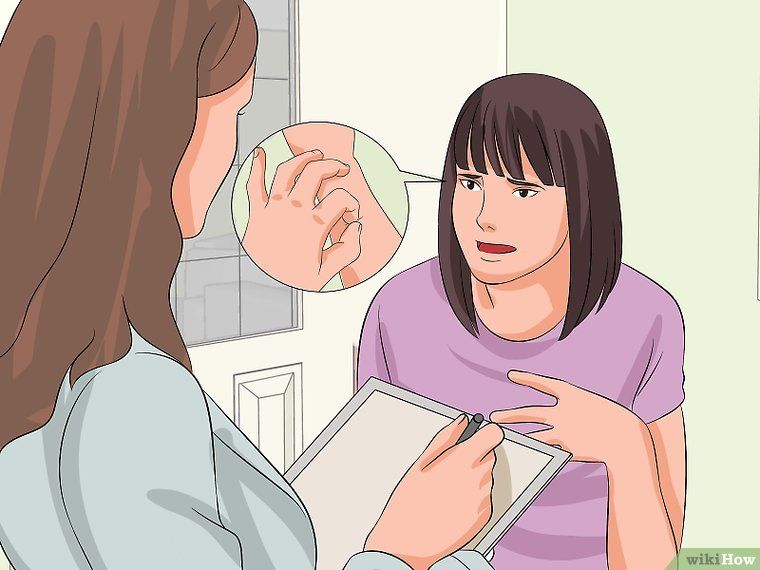 " At school, the desires of a son or daughter will no longer be cheap, and all the right words will be obscured by experience.
" At school, the desires of a son or daughter will no longer be cheap, and all the right words will be obscured by experience.
Children learn by looking at adults, their attitude towards themselves. Yes, yes, throwing away a drawing, destroying a LEGO house or bricks without permission, because it's time to collect toys, make you wear a hated dress or eat soup - it's all about disrespect. It is one thing to punish with a ban on watching cartoons, another thing is to take away a toy, to “arrest” a gadget. Resist the temptation to see what secrets are in the child's box.
Give your child the freedom to say "no" if he does not want to be touched on his body, things, or entered the room. You can encourage the playground to play together, because it's more fun, but no coercion: "Quickly let another child play with your doll, don't be greedy!" If someone else can take mine when I don't want to, then why can't I?
Tell your child at the age of 4-6 what is and what is not stealing. What are the consequences: loss of friends, trust, reputation (this concept should also be introduced at preschool age), for adults - a prison. How can you use other people's things: ask permission and thank, exchange. Learn to ask, not demand, that is, calmly accept refusal, and not expect that a polite request will guarantee what you want. It's difficult, so train your child. For example, take a lot of boxes and put candy in two or three. Now call together: “Box, can I have a candy?” We open it - it's empty, so the box "refused". There are sweets - "I agreed." Now let's play with soft toys. Let the majority refuse with the voice of mom, and a little surprise will be hidden behind one or two. All this will teach you to perceive the refusal not as an insult, but as the norm, and the permission as a surprise, an exception.
What are the consequences: loss of friends, trust, reputation (this concept should also be introduced at preschool age), for adults - a prison. How can you use other people's things: ask permission and thank, exchange. Learn to ask, not demand, that is, calmly accept refusal, and not expect that a polite request will guarantee what you want. It's difficult, so train your child. For example, take a lot of boxes and put candy in two or three. Now call together: “Box, can I have a candy?” We open it - it's empty, so the box "refused". There are sweets - "I agreed." Now let's play with soft toys. Let the majority refuse with the voice of mom, and a little surprise will be hidden behind one or two. All this will teach you to perceive the refusal not as an insult, but as the norm, and the permission as a surprise, an exception.
If the baby learns to respect other people's personal boundaries, there will be no problems with theft. But usually in families with this confusion. If the child has eaten all the sweets, let them enjoy. If he played with parental things - let him be at home. But in the first grade, he took the watch from the teacher's table - this is already a disaster, a thief is growing. Where is yours and others? Each child should have personal shelves in the closet, toys, books and albums. If you take the same, it is important to sign. Even food should be portioned: for example, cereals can be taken when and as much as you like if you are hungry, but sweets - only from your bag. Mom and dad should also get a share of sweets, and not deny themselves absolutely everything. Parents also have personal belongings. You can't take someone else's without permission.
If he played with parental things - let him be at home. But in the first grade, he took the watch from the teacher's table - this is already a disaster, a thief is growing. Where is yours and others? Each child should have personal shelves in the closet, toys, books and albums. If you take the same, it is important to sign. Even food should be portioned: for example, cereals can be taken when and as much as you like if you are hungry, but sweets - only from your bag. Mom and dad should also get a share of sweets, and not deny themselves absolutely everything. Parents also have personal belongings. You can't take someone else's without permission.
But there are also common ones: furniture, for example, board games. Or toys in kindergarten. They can be used, but not disposed of.
“I took the first one! But it's mine!" - if the children argue, do not let it go past your ears. These are not trifles, but a contradiction of two rules: "who is the first, he plays" and "I decide the fate of my thing. " The solution is simple: the principle of "who is first" only works when it comes to general things. But help the children, be with them, prompt, and do not give a ready answer.
" The solution is simple: the principle of "who is first" only works when it comes to general things. But help the children, be with them, prompt, and do not give a ready answer.
Give out pocket money regularly. And do not dictate how to spend and plan your expenses. You can only help with advice if the child needs it: for example, he was upset that the money ran out quickly.
Delayed gratification is a useful skill. From childhood, teach to wish lists, advent calendars. Then the child will be set to wait for the same, and not take away. But don't be fooled. And do not demand too much - patience develops gradually. The preschooler cannot yet control desire: the smaller the child, the more impulsive he is and tends to grab what he likes. In elementary school, the lack of control is typical only for children in whom the centers of the brain that regulate volitional processes have not yet matured.
Valuables should not be in the sight of the baby. You can’t buy a gift for one child that the second one dreams of, and not even promise the second one anything like that.
Find out how the child intended to dispose of the item. Perhaps destroy in order to take revenge on someone. Then it is about conflict resolution or envy prevention. Someone likes to accumulate things, that is, he is not tempted specifically by a robot or a car, but wants more property. This happens when his property rights are not respected at home, or when a sense of security is lost (for example, parents get divorced). Have you seen old people with Plushkin's syndrome, whose apartments are full of rubbish? They, too, do it for a false sense of stability and security. Such children are especially contraindicated in physical punishment for theft. They increase the feeling of danger and the desire to reduce it with new things. There is a vicious circle. These children need stability and security.
There are also children who are conquerors by nature - they do not like the things themselves, but "hunting" for them. Often they do this to make a gift to someone, they are proud of their enterprise, care (at the same time, they understand only material evidence of this). Such children will grow up to be excellent entrepreneurs, if you do not put the stigma of a “thief” on them, but help direct their energy towards earning money. Let children develop business ideas or help relatives or neighbors for material rewards - this is the best prevention.
Such children will grow up to be excellent entrepreneurs, if you do not put the stigma of a “thief” on them, but help direct their energy towards earning money. Let children develop business ideas or help relatives or neighbors for material rewards - this is the best prevention.
If a teenager wants to "buy" friends - to treat them with parental money or to become popular with the help of coveted things, it is worth explaining that this is an illusion and helping to raise the status in the group.
If the theft is attention-grabbing or protest, that is what you need to work on. But it's especially dangerous to scream here. If the child sees a strong reaction, then he will be tempted to receive your emotions in such a negative way.
What seems to be a lie may turn out to be true in a child's world. Trade a gadget for a tiny doll? Yes, both parties can be satisfied and consider the deal fair. You need to decide with your parents, but there is no hint of theft if we are talking about an exchange. Nothing hurts more than an unfair accusation.
Nothing hurts more than an unfair accusation.
Daughter insists that she found a thing that you saw from her friend or she gave it to her? No need to "unmask". And even more so to threaten a criminal future, to call names. Pay attention to how the person who has lost it feels. And change the role of the villain to an assistant and champion of justice: look for the owner together, make an announcement, ask around. The child must realize that the stolen will have to be returned in any case. If it definitely turns out that the thing was taken without permission, you will have to apologize - to the child or you for him in his presence. Do not read lectures, do not punish for lying, rather say: "How much you wanted this if you believed that you found / received this thing as a gift."
If the stolen item is damaged or money is spent, you will have to pay for the damages. It is good if the child himself decides how to do it, and does not accept it as a punishment. An older child should be responsible for their own actions. For example, to repay a debt from pocket money. Children under 10 can be explained that instead of buying sweets or toys, the money will be returned for losses. But it is important for them to feel that mom and dad will also cut back on sweets, purchases to help. The child will also feel a bit of guilt towards loved ones, especially if they do not reproach him. But you can not deprive the benefits of brothers and sisters for stealing a child. There is a temptation for angry children to "raise him as a team." But this only hardens, destroys the friendship of brothers and sisters, encourages others to take someone else's (they will punish anyway).
For example, to repay a debt from pocket money. Children under 10 can be explained that instead of buying sweets or toys, the money will be returned for losses. But it is important for them to feel that mom and dad will also cut back on sweets, purchases to help. The child will also feel a bit of guilt towards loved ones, especially if they do not reproach him. But you can not deprive the benefits of brothers and sisters for stealing a child. There is a temptation for angry children to "raise him as a team." But this only hardens, destroys the friendship of brothers and sisters, encourages others to take someone else's (they will punish anyway).
Share this article
“You can try to change the shape of the pacifier”: how to wean a child from a pacifier
Why do children need a pacifier
As Ksenia Batrak, pediatrician at SM-Clinic in St. Petersburg, explained to Gazeta.Ru formula-fed babies experience a special need for a nipple in the first months of life:
“Unlike their peers who are breastfed, their sucking reflex is not fully satisfied. Simply feeding from a bottle is not enough for this. The sucking reflex is extremely important for a child - it is aimed at survival and manifests itself in any baby from birth. In addition, sucking has a calming effect on the baby and restrains the overexcitation of the nervous system.
Simply feeding from a bottle is not enough for this. The sucking reflex is extremely important for a child - it is aimed at survival and manifests itself in any baby from birth. In addition, sucking has a calming effect on the baby and restrains the overexcitation of the nervous system.
At what age should a baby be weaned from a pacifier? On the one hand, the older and more conscious the child is, the easier it is to wean him off the pacifier. On the other hand, the abuse of a pacifier after two years is already fraught with the formation of malocclusion and even speech therapy problems.
“Normally, the sucking reflex fades by itself. Usually this happens after a year and a half, and after this period the nipple becomes no longer a necessity, but a psychological habit. Therefore, I would recommend starting weaning in the period from one to two years, ”the pediatrician clarifies.
Many parents know that they can't wait for their child to give up a pacifier on their own, so they look for effective methods of weaning.
How not to wean a child from a pacifier
Not every child is ready to give up a pacifier without whims. Therefore, the process of parting with a pacifier for many parents may seem extremely difficult. As a result, "folk" methods are used to wean a child from a pacifier using various products.
However, Dr. Batrak warns:
“As a doctor, I am definitely against grandma's methods of smearing the nipples with something tasteless.
On the Internet, you can still find a lot of similar tips, where mustard, hot peppers, or garlic appear. Any of these mixtures or spices can cause digestive problems or an allergic reaction in a small child. And older kids are more likely to see through the trick and just start demanding to wash the pacifier.”
close
100%
0053
The pediatrician explains that weaning methods depend on the child's age.
How to wean a child from sucking his thumb: advice from a pediatrician and dentist
Most children have a habit of sucking their fingers - this is due to the sucking reflex and the desire . ..
..
05 May 11:00
Up to two years . To wean a baby from a pacifier by the age of two, it is often enough to simply remove the pacifier from time to time (so the child will be less tempted to use it just like that) and use the pacifier only at bedtime or upon request, the pediatrician assures.
“If the baby starts acting up, try to switch his attention. How and what is not so important. It can be simple communication, caress, books, drawing or educational games,” Ksenia Batrak suggests.
After two years . It is worth trying to change the shape of the nipple. The pediatrician specifies that it can be flattened:
“To do this, the “sucking” part of the silicone or latex pacifier must be removed, the air must be pumped out of it and reattached. It is practically impossible to suck such a nipple. Having tried once or twice, the child will simply give up and give up the habit.
close
100%
However, don't be surprised if your child gets suspicious and asks for a new one. The doctor notes that it is not worth refusing this request. Instead, you can go to the store or pharmacy together so that the child can see the buying process, and then discreetly perform the above procedure with a new pacifier. As a result, the child will refuse the pacifier.
The doctor notes that it is not worth refusing this request. Instead, you can go to the store or pharmacy together so that the child can see the buying process, and then discreetly perform the above procedure with a new pacifier. As a result, the child will refuse the pacifier.
“Another option to wean a child off a pacifier is to replace the pacifier with a drinking bottle with water. It also satisfies the sucking reflex, but is not highly addictive,” the pediatrician recommends.
Children over two and a half to three years old . The doctor warns that for children of this age, the above methods most likely will no longer work:
“In this case, the process of weaning should not be consistent and lengthy, but according to the principle “once and for all”. For example, you can come up with a legend about the disappearance of a pacifier. Tell that one of the animals or birds took her for their cubs. Or offer to give the pacifier to someone else. It can be one of the animals, fictional characters or small children of acquaintances.
The pediatrician advises to beat the process: pack the pacifier in a parcel, draw a postcard and send it “by mail”.
“The main thing to remember is that in this case the refusal should not have retroactive effect. Do not, under any circumstances, give a pacifier to a child again,” stresses Ksenia Batrak.
Coercion will only slow down learning: how to potty train a child
The process of potty training a child for most parents looks difficult and lengthy...
April 21 12:26
The specialist recommends that in exchange for a favorite pacifier, the child be offered a reward on behalf of some fictional character. It is worth explaining that he has already grown to the age when it is time to part with the pacifier and exchange it for a gift. Let the child leave the pacifier in a certain place before going to bed, and then be able to take his reward from there - this will calm the baby and help switch his attention.
What to do if the child does not sleep without a pacifier
As pediatrician Batrak explains, the habit of falling asleep with a pacifier is one of the strongest in a child, because sucking begins to be associated with calming down and falling asleep.


